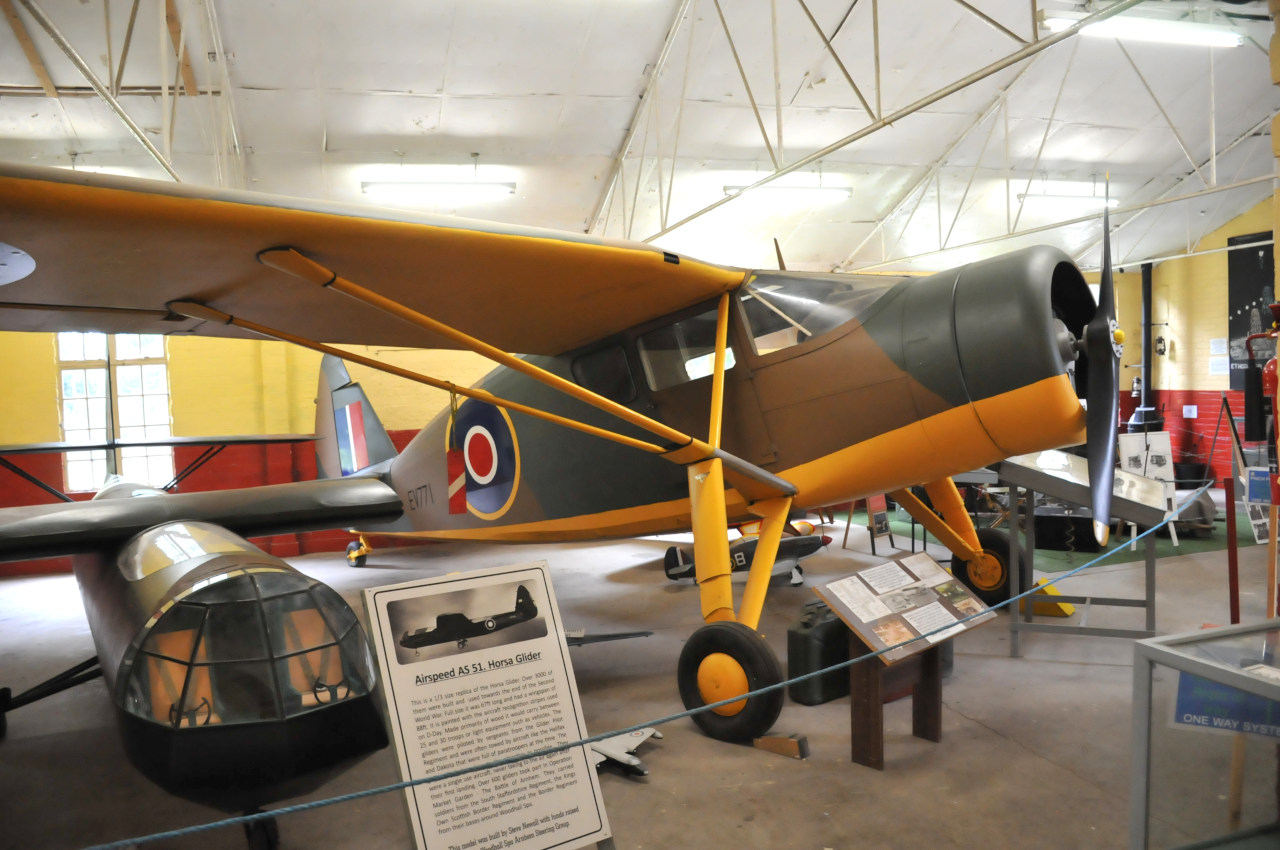Thorpe Aircraft - The T-211 is a light aircraft designed in the United States by John Thorp in 1945. It is a low-wing aircraft of conventional design with fixed tricycle undercarriage and a sliding canopy. John Thorp developed the Sky Scooter with lessons learned from the development of the Lockheed Little Dipper project in 1944.
Thorp built eight prototypes, and had the design certified by the FAA, but was unable to find a niche in the post-war US market dominated by Cessna. The original prototype was powered by a 65 horsepower Lycoming engine.
Thorpe Aircraft

New features of the Sky Skooter include a fully movable horizontal stabilizer and externally mounted wings and tailplane. The wings are reinforced to make them stiff, each wing only needs three bones. This feature simplifies construction, reduces the number of rivets (and weight), and helps control airflow over the wing.
Aviators From Across Region Star In Olympic Peninsula Air Affaire
The T-211 was developed with a 90 hp continental upgrade in 1953. Therefore, the project was suspended until home construction saw the rights to the first aircraft acquired by Adams Industries and Thorp Aero in the 1970s, the latter company building five. For example the Thorp Arrow or T-211 Aero Sport built in Sturgis Ktucky, but only sold overseas or part of 141 operations due to currt liability laws.
These kits are manufactured by AD Aerospace in the United Kingdom and Vture Light Aircraft in the United States.
IndUS Aviation began production of the T-211 as a light sport aircraft in mid-2000. The Thorp T-211 was the first US-designed specialty light sport aircraft certified by the Federal Aviation Administration. The light sport version uses a 120 hp (89 kW) Jabiru 3300 gine, while the certified version uses a 100 hp (75 kW) Continental O-200 gine and is equipped for both VFR and IFR.
In 2010 the aircraft also returned to series production by AD Aerospace of Manchester, United Kingdom. This version is powered by a 100 hp (75 kW) Continental O-200 4-cylinder engine or a 120 hp (89 kW) Jabiru 3300 6-cylinder engine. The aircraft was originally designed as an op-cockpit aircraft, powered by military surplus . ground power unit Lycoming O-290G gine, but developed into a full body aircraft powered by gine up to 200 hp (149 kW).
Thorp T 18 Tiger · The Encyclopedia Of Aircraft David C. Eyre
The T-18 was designed to be easily constructed from sheet aluminum, and Use the updated Lycoming O-290G power plant. It was originally designed with an op cabin and with the cylinder head protruding through the gine cowling in the interest of simplicity. Ev as originally designed, cruise speed is quite high. The design showed great potential for higher performance and therefore modifications were made to install a larger and more compact Lycoming engine and air curtain. This modification allowed the 125 hp (93 kW) T-18 to cruise at 160 mph (257 km/h) and high-powered examples to cruise in excess of 200 mph (322 km/h). Some aircraft are built with retractable landing gear.
These performance improvements made the T-18 one of the most popular home designs in the 1970s and early 1980s until the RV series of Aircraft Vans entered the market.
The T-18 was designed to use the 125 hp (93 kW) Lycoming O-290G Ground Power Unit. At the time the T-18 was developed this engine was cheap and widely available as a military surplus gerator motor. The Wh conversion for aircraft use is almost identical to the O-290D or O-290D2 aircraft gine.

Other Lycoming engines can be used, including the Lycoming O-320, Lycoming O-340, Lycoming O-360 and Lycoming IO-360.
U.s. Air Force Maj. Dylan Thorpe, An A 10 East Demonstration Team Pilot, Showcases His Flying Talents During The Demo Team Practice Certification Feb. 1, 2011. Demonstration Teams Converged On Langley Air Force
T-18 plans are available to builders from Eklund gineering, which also developed laser cut kits and in 2009 had aileron, flap and empnage kits. Classic Sports Aircraft provided plans, parts and kits for the tricycle S-18 and S-18T, but went out of business in 2014.
The T-18, N455DT, was built by Donald Taylor of California and flew around the world from Oshkosh, Wisconsin, in 1976. This was the first successful round-the-world flight by a homemade aircraft. Taylor later flew N455DT to the North Pole, using Sperry's hybrid inertial navigation system.
A modified T-18, with changes designed by Lou Sunderland to provide "convertible" wings that pivot behind the fuselage for trailering or storage.
Same as T-18CW, with airfoil modifications and other minor changes. Sunderland's changes were made in collaboration with Thorp.
Japanese Naval Air Force Camouflage And Markings, World War Ii By Thorpe
Michael thorpe, barbara thorpe, thorpe, john thorpe, mackenzie thorpe, jeffrey thorpe, cheryl thorpe, jim thorpe, joshua thorpe, dorothy thorpe, thorpe pennsylvania, joseph thorpe
0 Comments